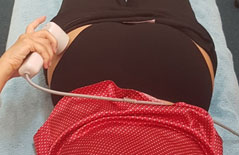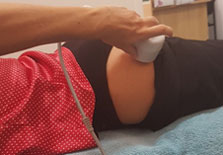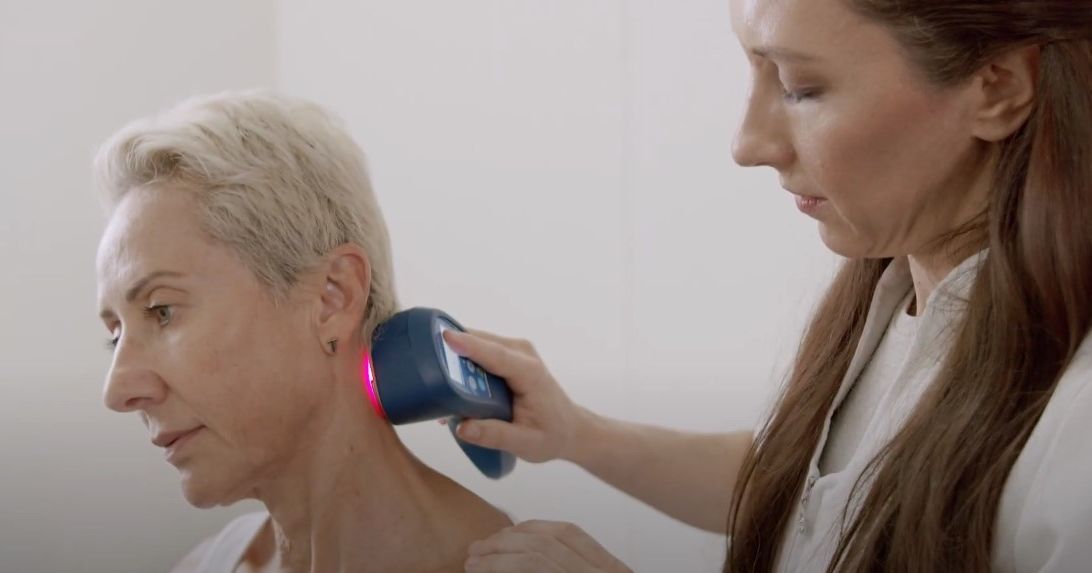Your piriformis muscle is a small muscle that attaches mostly to the sacrum and inserts onto the femur. Is it responsible for both lateral and medial hip rotation and changes depending on the position of the leg. Piriformis syndrome is a conditions in which your sciatic nerve is compressed or irritated as it passes through the two piriformis muscle bellies, resulting in lower back or buttock pain.
Piriformis syndrome can often be mistaken with a lumbar disc bulge which may present with the same set of sciatica nerve symptoms. A full clinical examination that rules out a lumbosacral spinal pathology as the cause of your symptoms with usually indicate piriformis syndrome as the next likely cause. Further examinations will only be performed to exclude other conditions that could replicate piriformis syndrome.
Symptoms: One or more of the following symptoms may be experienced:
- Deep boring or dull buttock or posterior leg pain
- May experience radiation of pain down the back of the thigh, calf and foot
- Pain with hip flexion activities such as walking upstairs or incline walking
- Increased pain after prolonged sitting
- Reduced range of motion of the hip joint
- Joint mobilisations to restore normal joint mobility, range of motion and function
- Massage or electrotherapy to help alleviate muscle spasm and increase blood flow to the injured muscle tissue
- Stretching exercises to increase muscle length and flexibility
- Acupuncture or dry needling to reduce muscle tightness
- Specific core and hip strengthening exercises recommended by your health care provider to help stabilize your spine, hip and pelvis


Low level laser therapy: Additional to the other modalities mentioned above, low level laser therapy may be added into your treatment to further enhance treatment outcomes. The pain/spasm protocol may be used to decrease nociception/ pain, which is a type of receptor at the end of neurons that react to harmful or painful stimuli, by decreasing nociception, pain perception is decreased.
The tissue repair protocol may be used to produce improved microcirculation and modulate inflammation response which therefore creates strong and uniform repair tissue.
Lakeside Laser offers a multimodal treatment approach to all conditions, with Low Level Laser Therapy being just one of our available treatments. Our clinic is located in Gnangara, WA 6077, conveniently central to Perth’s northern suburbs. We serve clients from surrounding areas including Wanneroo, Landsdale, Wangara, Jandabup, Tapping, Duncraig, Whitfords, Sorrento, Warwick, Hamersley, Woodvale, Beldon, and Joondalup.
We also have HICAPS facilities onsite for most health insurance providers. For further information on Low Level Laser Therapy/Cold Laser Therapy or to book an appointment, please contact our friendly laser technician, Dr Linda Schiller, on 0468 429 111 or visit our website at www.lakesidelaser.com.au.



